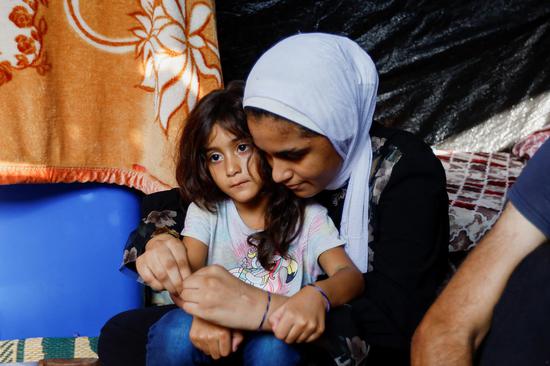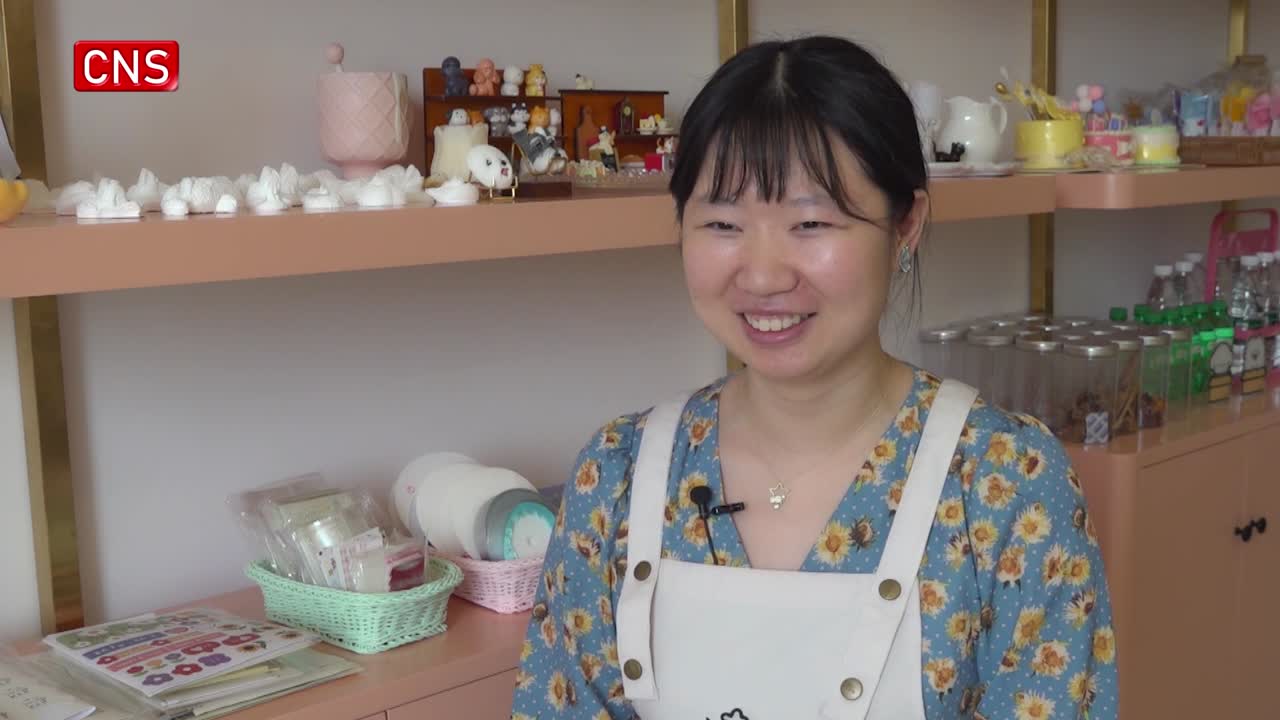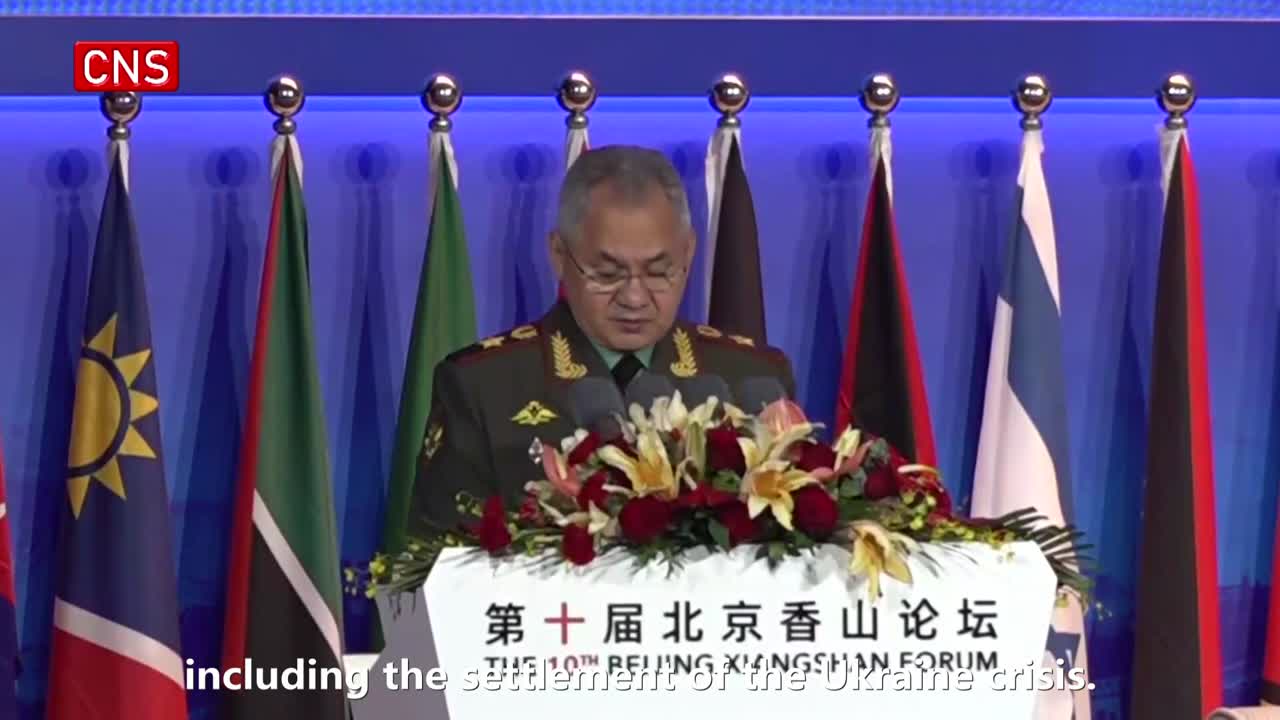The National Health Commission (NHC) announced on Wednesday during a press conference that it will continue to coordinate with relevant departments to closely integrate high-quality population development with higher living standards, and further optimize population policies.
Officials said that China will continue to promote the development of childcare service institutions, and push for the addition of infant and toddler care service majors in secondary vocational schools, higher vocational colleges, and undergraduate colleges. It will also promote the support of medical institutions for the development of complimentary childcare services.
The National Bureau of Statistics (NBS) recently announced that China will conduct a sample survey on population changes in 2023, with household visits starting on Wednesday and ending on November 15. This sample survey will include 500,000 households, covering approximately 1.4 million people.
Regarding the current population situation in China, Sheng Laiyun, deputy director of the NBS, stated that China's population structure has undergone profound changes with economic and social development, such as a decline in birth rates and accelerated aging. The total population is also changing.
In 2022, China's population experienced negative growth for the first time in recorded history. However, it should be emphasized that China still has a relatively large population, especially with nearly 900 million people still considered to be working-age, Sheng said. At the same time, the population's quality is improving, with the average years of education for the working-age population reaching 10.93 years. Therefore, although the population is declining, the improvement in the quality of the population in China is faster, providing a good resource guarantee for high-quality economic development.
In May, the first meeting of the 20th Central Committee for Financial and Economic Affairs proposed the requirement of supporting China's modernization with high-quality population development, emphasizing the need to establish a sound policy system to support childbirth.
The NHC has strengthened the coordination of departments and the research addressing the policy system to support childbirth, focusing on solving difficulties and obstacles in the implementation of supporting measures, implementing the maternal and child health security project, safeguarding the rights and interests of women and children's health, and strengthening the guarantee of quality reproductive services.
Relevant departments have coordinated and promoted supportive policies in education, taxation, housing, employment, and medical insurance. Active explorations have been carried out in various regions, and some provinces, cities, and counties have introduced policies such as childcare subsidies, housing subsidies, childcare institution operation subsidies, and social security subsidies for employers.
To promote birth rate, local authorities in Changshan county, East China's Zhejiang Province, announced recently that in order to further improve the supporting measures targeting marriage and childbearing, the county will implement a policy by offering a one-time subsidy of 1,000 yuan ($137) for couples who have registered their marriage for the first time and the wife is under 25 years old.
In addition, local authorities in Changshan will also provide a range of subsidies of childbearing and education for couples with children, aiming to reduce the burden and young couples' financial strain of childbearing, according to the statement.


















































 京公网安备 11010202009201号
京公网安备 11010202009201号